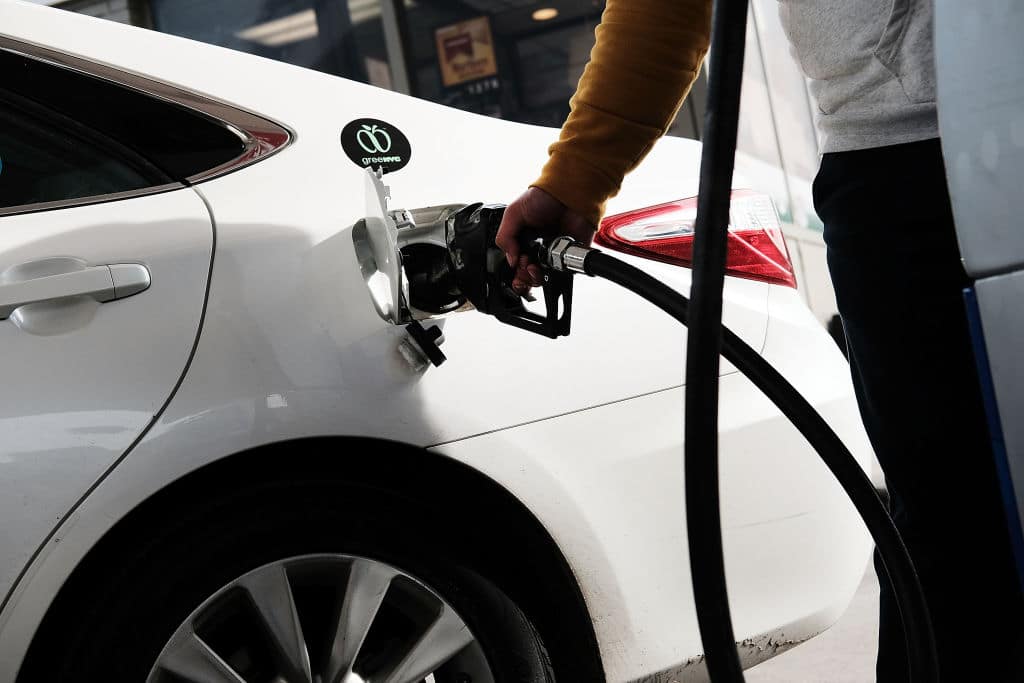
LONDON — The International Energy Agency on Tuesday cut its 2021 global oil demand forecast, citing soaring Covid-19 cases and renewed lockdown measures that will further limit mobility.
The IEA said it now expects world oil demand to recover by 5.5 million barrels per day to 96.6 million this year. That reflects a downward revision of 0.3 million barrels from last month’s assessment and follows an unprecedented collapse of 8.8 million barrels per day last year as the coronavirus pandemic battered global oil markets.
The IEA’s latest oil market report comes as countries continue to implement strict public health measures in an attempt to curb virus spread, with lockdowns imposed in Europe and parts of China.
The Paris-based energy agency said oil demand growth was projected to fall slightly during the first three months of the year in the wake of tougher government plans that call for additional travel restrictions.
This is expected to curb worldwide mobility once again, prompting the IEA to trim its first-quarter forecast for oil demand growth to 94.1 million barrels per day. That would see oil demand return to near year-ago levels and reflects a downward revision of 0.6 million barrels from December’s oil market report.
“The global vaccine roll-out is putting fundamentals on a stronger trajectory for the year, with both supply and demand shifting back into growth mode following 2020′s unprecedented collapse,” the IEA said in its closely-watched report.
“But it will take more time for oil demand to recover fully as renewed lockdowns in a number of countries weigh on fuel sales,” it added.
Oil prices
Oil prices have rallied in recent weeks, supported by optimism over Covid vaccine rollouts and a surprise oil production cut from OPEC kingpin Saudi Arabia.
However, the relatively slow pace of inoculations has raised doubts over how soon economies can recover.
International benchmark Brent crude futures traded at $55.26 a barrel on Tuesday morning, up more than 0.9%, while U.S. West Texas Intermediate futures stood at $52.51, around 0.3% higher.
Both benchmarks fell more than 2.2% in the previous session, notching their worst daily performance since Dec. 21.
Oil pumping jacks, also known as “nodding donkeys,” in a Rosneft Oil Co. oilfield near Sokolovka village, in the Udmurt Republic, Russia, on Friday, Nov. 20, 2020.Andrey Rudakov | Bloomberg | Getty Images
OPEC and its non-OPEC allies, an alliance sometimes referred to as OPEC+, cut oil production by a record amount in 2020 in an effort to support crude prices, as strict public health measures worldwide coincided with a fuel demand shock.
OPEC+ initially agreed to cut output by 9.7 million barrels per day, before easing cuts to 7.7 million and eventually scaling back further to 7.2 million from January. OPEC’s de facto leader Saudi Arabia has since said it plans to cut output by an extra 1 million barrels per day in February and March to stop inventories from building up.
Last week, OPEC kept its 2021 forecast for worldwide oil demand unchanged. The 13-member group anticipated demand growth to increase by 5.9 million barrels per day year on year to average 95.9 million.